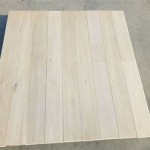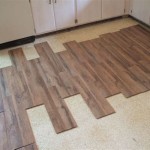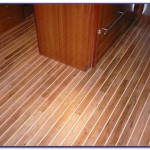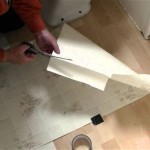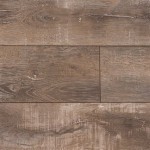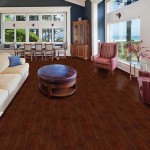Installing Hardwood Flooring On Particle Board: Essential Aspects
Upgrading your flooring with hardwood on particle board can enhance the aesthetics and value of your home. However, to ensure a successful installation, it's crucial to consider the following essential aspects:
1. Moisture Resistance: Particle board is susceptible to moisture absorption, which can lead to buckling, warping, or mold growth. To prevent these issues, choose hardwood species that are naturally water-resistant, such as oak, maple, or mahogany. Additionally, consider installing a moisture barrier between the particle board and hardwood to minimize water penetration.
2. Subfloor Preparation: Before installing hardwood flooring, ensure that the particle board subfloor is leveled, flat, and securely fastened. Use a level to check for any unevenness and make necessary adjustments. The subfloor should be free of cracks, gaps, or loose boards that could compromise the structural integrity of the hardwood flooring.
3. Underlayment: Installing an underlayment between the particle board and hardwood flooring is essential for sound absorption, moisture reduction, and thermal insulation. Underlayment materials like cork, rubber, or foam can help reduce noise from footsteps and enhance the comfort underfoot.
4. Expansion Gap: Hardwood flooring naturally expands and contracts with changes in temperature and humidity. To accommodate this movement, leave a small expansion gap (approximately 1/4 inch) around the perimeter of the room and between the wall and any stationary objects like cabinets or walls. The expansion gap will prevent buckling or cracking as the hardwood expands.
5. Nail or Glue Down: There are two primary methods for installing hardwood flooring on particle board: nailing or gluing. Nailing involves using a nailer to secure the hardwood planks to the subfloor. Gluing, on the other hand, involves applying a construction adhesive to the particle board and then placing the hardwood planks on top, ensuring a strong bond. Choose the method that best suits your project and skill level.
6. Sanding and Finishing: Once the hardwood flooring is installed, it's important to sand and finish it to achieve the desired look and durability. Sanding removes any surface imperfections and levels the floor. The choice of finish will depend on your preference and the type of hardwood you've installed. Options include polyurethane, lacquer, or stain.
By following these essential aspects and carefully planning your installation process, you can successfully install beautiful and durable hardwood flooring on particle board, enhancing the aesthetics and functionality of your living space.

Installing Hardwood Flooring Over Particleboard Magnus Anderson

Solid Hardwood Flooring Installation Method Over Particleboard

How To Install Oak Hardwood Floors Young House Love

You Cant Install Hardwood On Particleboard Here S What Need To Do

Installing Hardwood Flooring Over Particle Board

Parquetry Solid Hardwood Flooring Installation Method Over Particleboard

Parquetry Engineered Flooring Installation Method Over Particleboard

Installing Wood Subfloors Over Concrete Hardwood Floors

How To Install Lock Engineered Hardwood Flooring

Fitting Hardwood Flooring To Chipboard Wood And Beyond Blog
Related Posts

